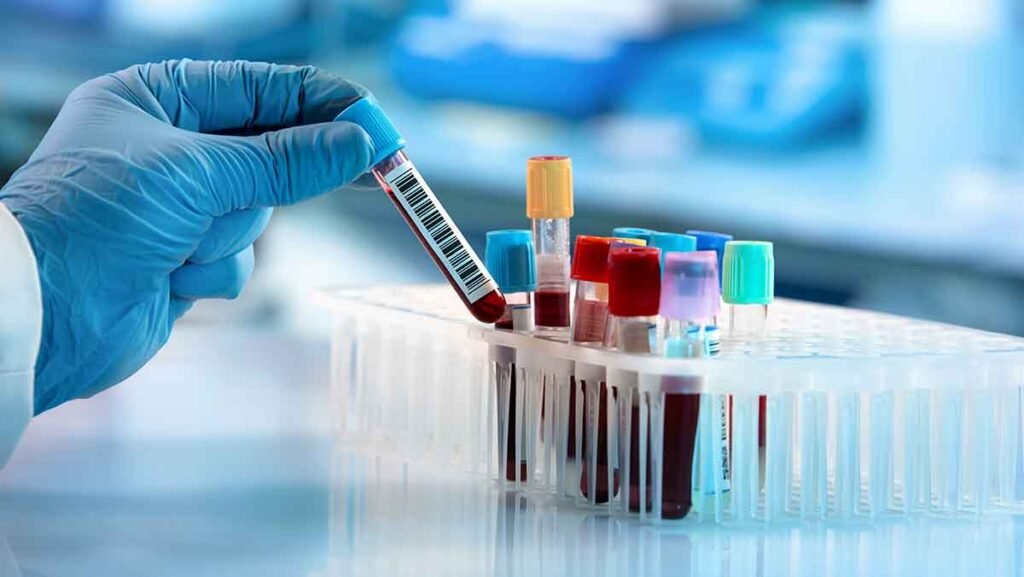Effective labelling is an essential part of any laboratory. Labels help to identify the content of a container, differentiate hazardous and non-hazardous materials, identify samples, and provide instructions for safe handling.
Clear and accurate labels are essential for personnel safety and the efficient operation of a laboratory. Without them, personnel may be exposed to hazardous materials, samples may become contaminated, and workflow and productivity can be disrupted.
In this blog post, we will explore the importance of clear and accurate labels in the laboratory, including why they are necessary, what types of labels are used, and how to ensure they are properly applied and maintained.
Labelling should be taken seriously, as it plays a vital role in the safety of personnel, the quality of research, and the overall efficiency of the laboratory.
Table Of Contents
Identify specimens accurately:
Clear and accurate labeling of specimens is an essential part of any laboratory procedure, as it is the key to accurate identification of specimens.
By ensuring that specimens are labeled correctly, scientists can accurately and confidently identify them in order to ensure the accuracy of their results.
This is especially important in cases where multiple specimens are being studied in a single experiment, as incorrect labeling could lead to misinterpretation of data and results. Furthermore, properly labeled specimens can help prevent any potential cross-contamination, as well as provide an audit trail for tracking and regulatory compliance.
Avoid mislabeling and errors
Accurate and consistent labeling of specimens and materials is essential to effective laboratory operations. It is important to avoid mislabeling and errors as they can lead to significant problems including costly laboratory errors, inaccurate results, and compromised patient safety.
To prevent mislabeling and errors, it is important to use labeling solutions that are designed to provide clear and consistent labeling.
This includes using labels that are easy to read, that display all the necessary information, and that are printed with high-quality materials in a professional manner. In addition, labels should be checked for accuracy before use to ensure that all the relevant information is correctly printed.
Enhance safety and compliance:
Clear and accurate laboratory labels are essential for ensuring safety and compliance within the laboratory space. It is important that all laboratory materials are labeled properly, so that personnel know the contents and potential hazards associated with the items.
It is also important to create laboratory labels that are visible and easy to read, so that personnel can quickly identify the items and their contents.
Labels should adhere to all safety regulations and include any applicable warnings, precautions, or protective measures associated with the items. This way, personnel can easily identify the contents of a lab item and take the necessary precautions when handling it.
Improve efficiency and productivity:
Clear and accurate labeling in a laboratory setting is essential for improving efficiency and productivity. It helps to reduce the time needed to properly store, identify, and access the necessary materials.
It also helps to reduce the time needed to complete tests, as well as the time needed to document the results.
This can help to improve the accuracy of test results and the safety of laboratory personnel. Proper labeling also ensures that everyone in the laboratory is aware of the hazards and risks associated with handling the materials.
Facilitate traceability of samples:
Effective sample traceability is essential for any laboratory. Keeping track of samples is a critical part of maintaining accurate records and preventing errors.
To facilitate this, labels should be clearly printed and accurately denote the sample’s source, the date and time collected, the sample’s purpose, and any other information relevant to the sample.
Labels should also be securely attached to the sample so that it is not lost and can be easily identified. By ensuring clear and accurate labeling of laboratory samples, laboratories can ensure sample traceability and promote accuracy in their results.
